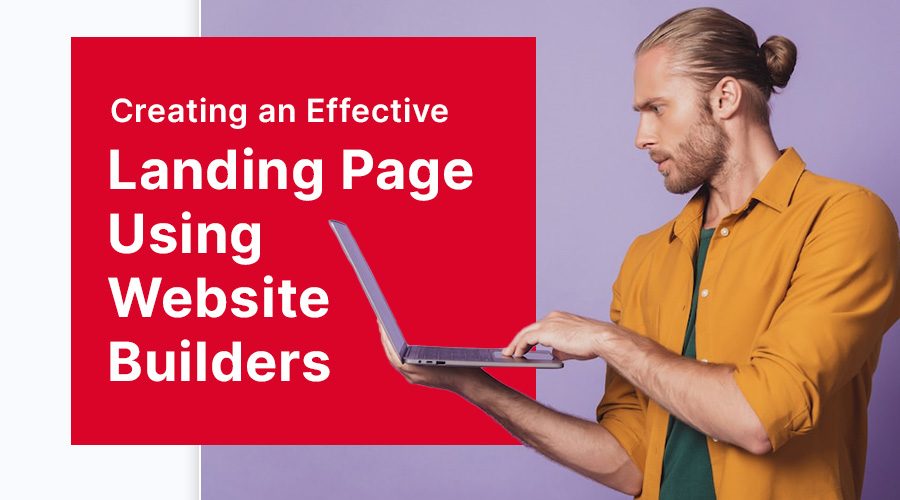Introduction
In the digital world, first impressions are vital. And what’s the Internet equivalent of a firm handshake or warm smile? That’s right, it’s your landing page. Imagine your landing page as a shop window, where visitors get a glimpse of what you’re offering. A poorly designed landing page is like a dusty window that obscures the exciting products within, leading potential customers to walk away. Now, you wouldn’t want that, would you? This article will delve into the tools and techniques needed to create landing page that is effective and professional.
Table of Contents
- The Purpose of Landing Pages
- Key Elements of a Successful Landing Page
- Visual Design: Capturing User Attention
- Effective Call-to-Action: What’s the Big Deal?
- Optimizing Landing Pages for Mobile Users
The Purpose of Landing Pages
Remember the time you went to a party and lost your group of friends, only to be left feeling lost and confused? That’s exactly how your website visitors would feel without a clear landing page. A landing page serves as a guide, directing visitors to relevant sections of your site, highlighting important information, and promoting specific actions. This one-stop information hub keeps your visitors focused and engaged, rather than lost in the maze of your website.
Now, you might be wondering why you need a landing page when you already have a home page. Well, that’s like asking why you need a compass when you have a map. Your homepage is the map showing the entire landscape of your website, whereas a landing page is the compass pointing visitors directly to what they’re looking for. Both are important, but serve different purposes.
Key Elements of a Successful Landing Page
Now that we’ve established why landing pages are critical, let’s explore the key ingredients that make a landing page successful. Picture your landing page like a tasty sandwich. The bread is your header and footer, while the filling consists of elements like headlines, images, text, and calls to action (CTAs).
Your header and footer should be minimalistic and free of distractions. They’re like the bread holding your sandwich together but shouldn’t take the attention away from the fillings, the key contents of your page. Your headline, the prime filling, is like the delicious turkey in your sandwich – it has to be compelling enough to draw visitors in. It’s often the first thing they’ll see, so make sure it speaks directly to their needs or desires.
Visual Design: Capturing User Attention
When it comes to landing pages, visuals are your secret weapon. They’re like the cherry on top of an ice cream sundae, grabbing attention and creating a sense of desire. Good visuals not only make your landing page more appealing but also help visitors understand your product or service more quickly.
But remember, while a picture is worth a thousand words, the right picture is worth a million. It’s essential to choose visuals that are relevant to your offering and reflect your brand’s personality. Inappropriate or irrelevant visuals are like a beautiful painting hanging in the wrong gallery. It might be attractive, but it just doesn’t fit.
Effective Call-to-Action: What’s the Big Deal?
A landing page without a clear call-to-action (CTA) is like a car without a steering wheel. It’s all shiny and pretty, but it’s not going anywhere. Your CTA is the steering wheel that directs your visitors towards a desired action, whether it’s subscribing to a newsletter, making a purchase, or downloading a resource.
But how do you create an effective CTA? Well, it’s all about making it visible, compelling, and easy to understand. Your CTA button should be like a lighthouse guiding ships at sea – easily visible, hard to ignore, and leading directly to the destination.
Optimizing Landing Pages for Mobile Users
In this age of smartphones, it’s critical to ensure your landing page is mobile-friendly. Imagine going to your favorite restaurant only to find out they don’t accommodate vegetarian guests. You’d feel left out, wouldn’t you? That’s exactly how mobile users feel when landing pages aren’t optimized for their devices.
A mobile-optimized landing page ensures a seamless browsing experience for all users, regardless of their device. This is not only important for user experience but also for SEO, as Google prioritizes mobile-friendly sites in search results.
Conclusion
Creating an effective landing page is both a science and an art. It requires a deep understanding of your audience, a sprinkle of creativity, and a splash of strategic thinking. Luckily, with website builders like Webnobby, creating an engaging and effective landing page is no longer a daunting task. Webnobby’s intuitive tools and features empower you to create a landing page that not only looks great but also works wonders in converting visitors into customers.


